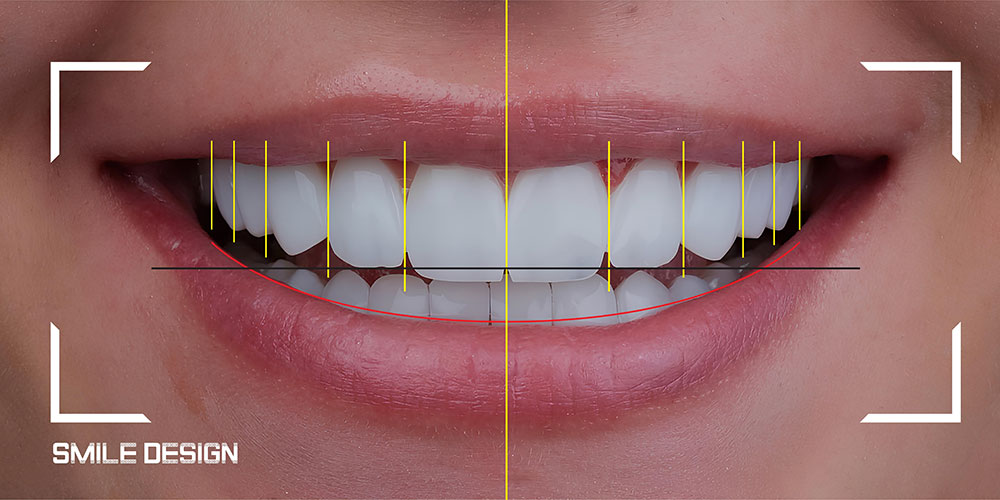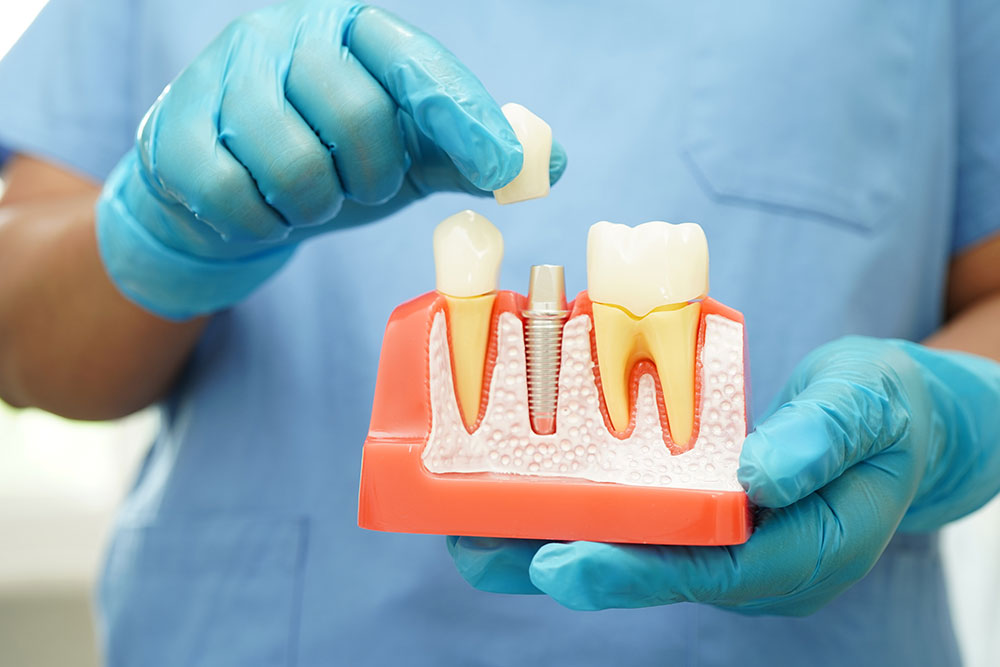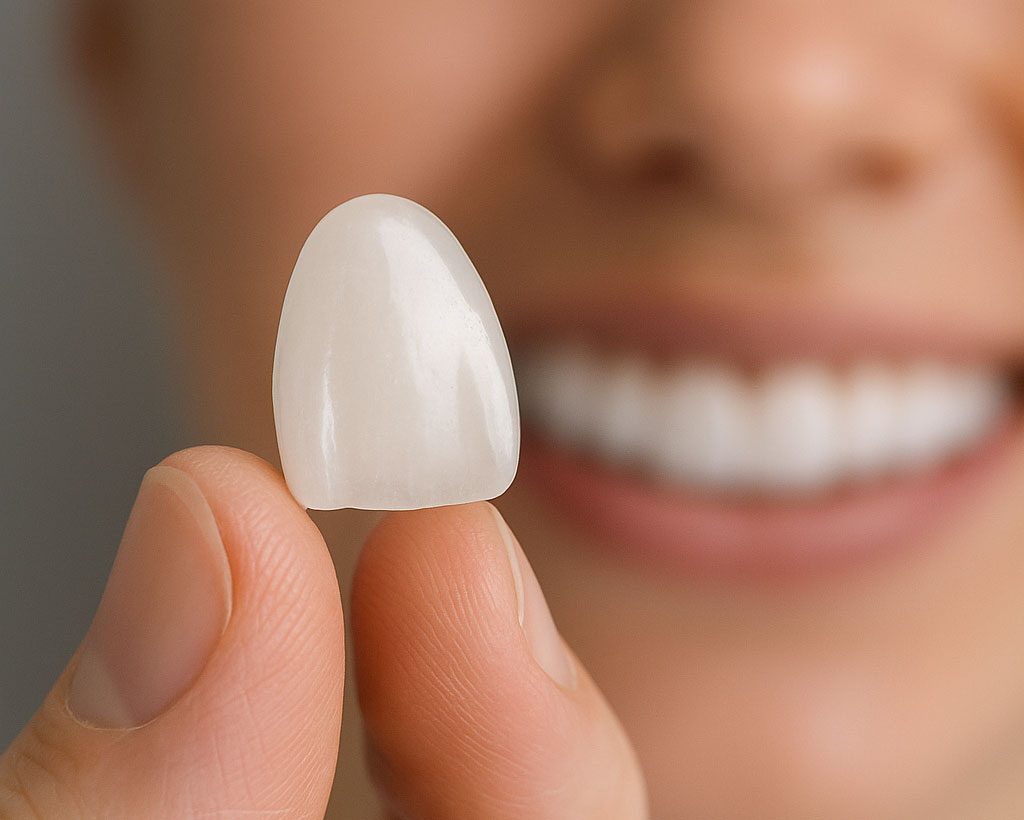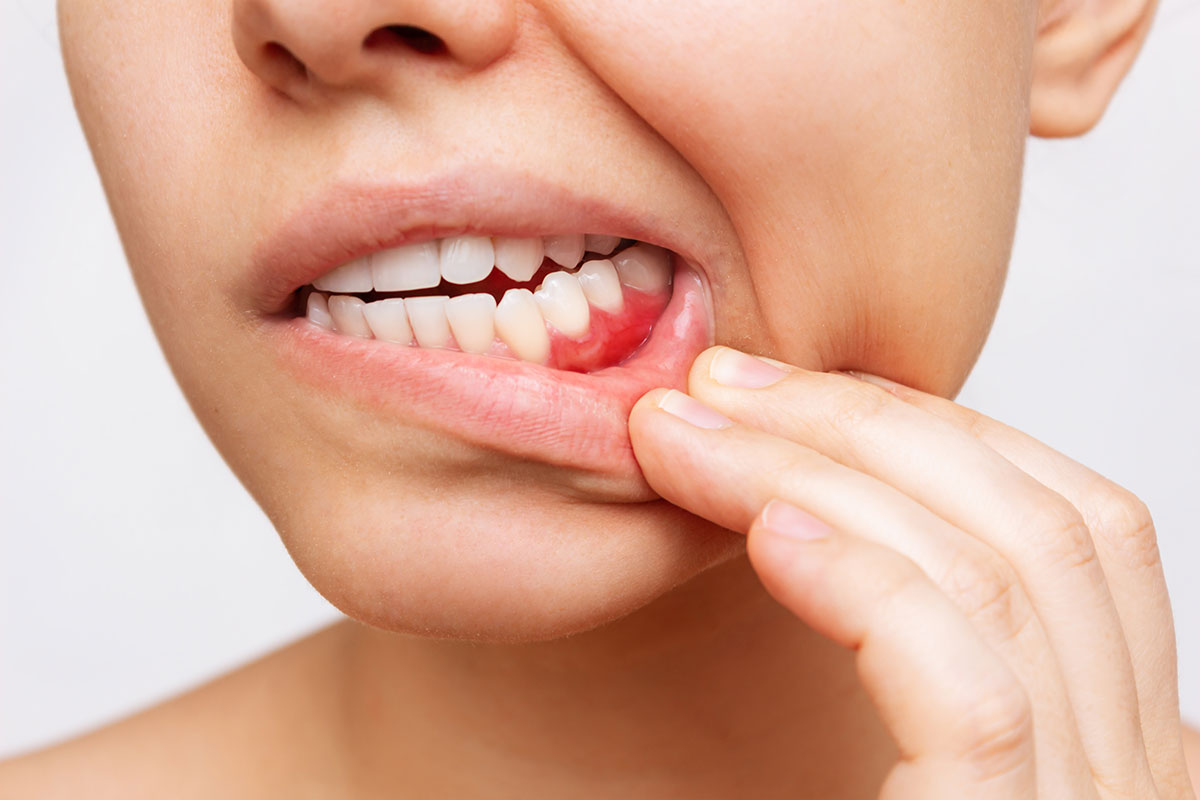Dental aesthetics and health is not only a functional need today, but also one of the most important parts of personal self-confidence and social life. With the development of technology, the materials used in dentistry are constantly being renewed and more comfortable, aesthetic and long-lasting solutions are offered to patients. At the beginning of these innovations Digital Monolithic Zirconium is coming.
So, what is digital monolithic zirconium, what advantages does it offer and who is it suitable for? Let's examine it in detail.
What is Monolithic Zirconium?
Monolithic zirconium is a type of all-ceramic restoration used in dental aesthetics. Unlike traditional zirconium veneers, monolithic zirconium restorations are produced in one piece. This results in a more durable, longer-lasting and more natural appearance.
The word "monolithic" means a single piece. In other words, the veneer or crown on the tooth is not multi-layered; it is made of a single block of zirconium. This production method provides the patient with a safe use by reducing the risk of fracture and cracking.
What is Digital Monolithic Zirconium?
Unlike conventional methods, digital monolithic zirconium CAD/CAM technology is produced with Thanks to CAD (Computer Aided Design) and CAM (Computer Aided Manufacturing) technologies, the tooth is measured with digital scanners and designed in three dimensions in a computer environment. It is then precisely manufactured from one-piece zirconium blocks with special milling devices.
This digital production method not only saves time but also allows for a perfect fit with millimeter precision.
Advantages of Digital Monolithic Zirconium
Digital monolithic zirconium offers many advantages in terms of both aesthetics and durability. Here are the most important features:
1. Natural Appearance
Monolithic zirconium is very close to the appearance of natural teeth thanks to its light transmission. This feature provides a great aesthetic advantage, especially in the front teeth.
2. High Durability
Since it is produced in one piece, the risk of breakage and cracking is extremely low. It offers a restoration resistant to high chewing forces in the posterior teeth.
3. Digital Sensitivity
Since it is produced with CAD/CAM technology, it fits perfectly to the teeth. Measurement errors are minimized, thus increasing patient comfort.
4. Metal Free
Monolithic zirconium restorations do not use metal. This eliminates the risk of allergies and prevents gray reflection in the gums.
5. Fast Production
Thanks to digital systems, restorations are prepared in a much shorter time. This significantly shortens the treatment time.
6. Longevity
With proper care, digital monolithic zirconia veneers can be used safely for many years.
In Which Situations is Preferred?
Digital monolithic zirconium is a material that can meet both aesthetic and functional needs. It is generally preferred in the following cases:
- Restoration of decayed or broken teeth
- To cover discolored and deformed teeth
- Aesthetic veneers on front and back teeth
- Bridge prostheses
- As an alternative to metal-backed porcelain
- In patients at risk of allergy
It is an ideal choice especially for patients who want a solution that is both strong and natural looking.
Comparison of Digital Monolithic Zirconium with Other Veneers
- Metal Supported Porcelains: Durable but aesthetically weak. May leave a gray reflection on the gums.
- Laminated Veneers: It is very successful in terms of aesthetics, but its durability is not as high as monolithic zirconium.
- Classic Zirconium Veneers: They are aesthetic but more likely to break than monolithic zirconium because they are produced in multiple layers.
The result is monolithic zirconium, durability + aesthetics + biocompatibility It stands out compared to other coating types by offering a combination of features.
How Does the Treatment Process Work?
- Inspection and Planning: The teeth are examined in detail by the dentist.
- Digital Measurement: Three-dimensional impressions of the teeth are taken with special scanners.
- Digital Design: The final version of the tooth is prepared in a computerized environment.
- Production: Restoration is produced from zirconium blocks according to the design.
- Rehearsal and Practice: The prepared crown is applied to the tooth and the fit is checked.
- Conclusion: Natural looking, strong and aesthetic teeth are delivered to the patient.
The whole process is usually completed within a few days.
How to Care?
To extend the life of digital monolithic zirconia veneers, these simple steps should be observed:
- Regular tooth brushing and flossing
- Avoid breaking hard foods with teeth
- Reducing coffee, tea and cigarette consumption
- Keeping regular dental check-ups
Thanks to these steps, the coatings retain their first-day aesthetics for many years.
Frequently Asked Questions
1. Do monolithic zirconia veneers look natural?
Yes, it is. Thanks to its light transmittance, it is very difficult to distinguish from natural teeth.
2. How durable are these coatings?
It can withstand even high chewing forces and can be used safely on the back teeth.
3. What are the advantages of digital production?
It allows for faster, more precise and perfectly matched restorations.
Digital Assurance for Your Smile
Digital monolithic zirconium is one of the most advanced and reliable veneering solutions offered by modern dentistry. Thanks to both its aesthetic and functional features, it provides patients with a comfortable use for many years.
If you want to have a natural-looking and durable smile, digital monolithic zirconium may be for you.
👉 Contact our clinic for more detailed information and to learn the most suitable treatment plan for you.





